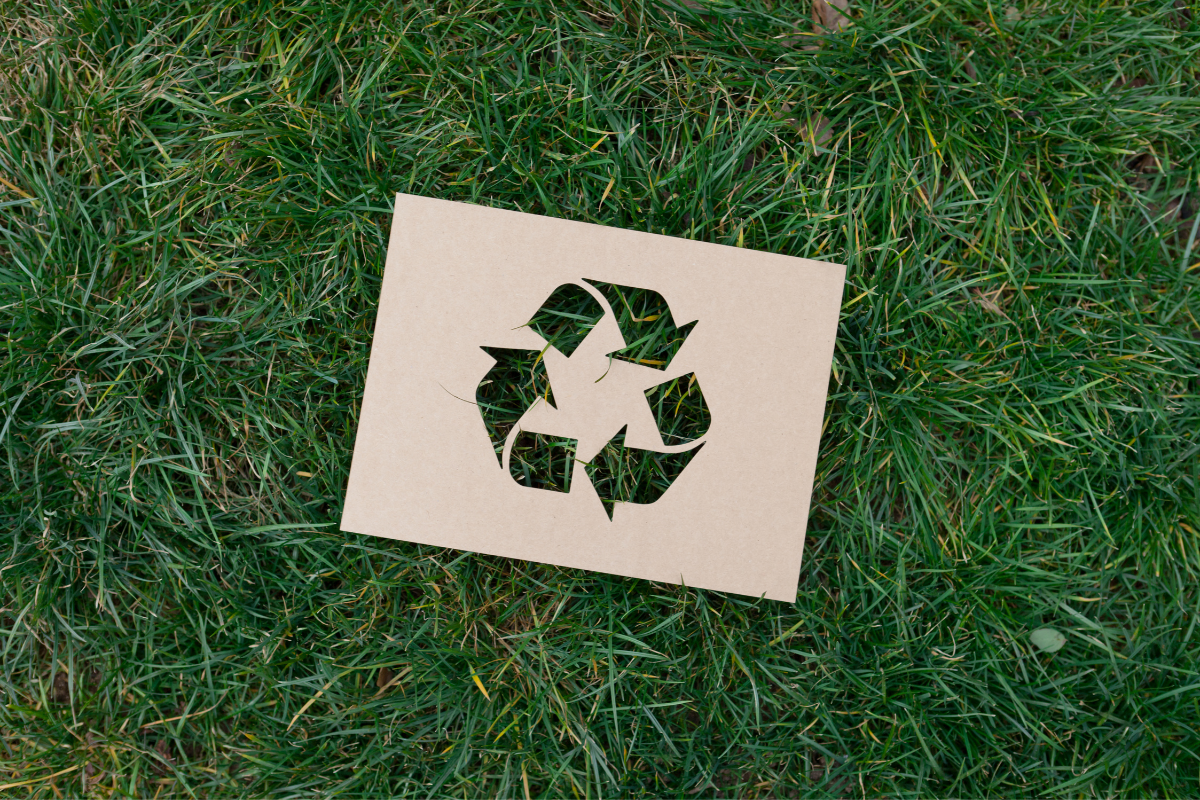Shed Cladding: Pros, Cons and Step-by-Step Installation Guide
Choosing the right shed cladding is essential for those looking to upgrade their shed's exterior. With numerous materials available, each with its own set of benefits and drawbacks, making an informed decision can be challenging. Factors such as cost, durability, and ease of installation play significant roles in this process. Shed cladding is vital for protecting your shed’s contents from moisture, pests, and extreme weather conditions. The right cladding material not only enhances durability but also affects the overall appearance of your shed. Understanding the various garden shed cladding options and key considerations will help you make the best choice for your needs. We explore 9 critical factors to consider when choosing shed cladding, the pros and cons of each shed cladding option and provide a step-by-step guide on how to clad a shed.

What is Shed Cladding?
9 Things to Consider When Choosing Shed Cladding
Tired of repainting your shed's exterior every few years? Upgrading to a cladded garden shed can provide numerous benefits, including an increase in property value. Outdated cladding affects not only the visual appeal of your shed but also its structural integrity and safety. Here are nine key considerations to keep in mind when choosing shed cladding.
1. Aesthetics
2. The Durability of Your Chosen Shed Cladding

3. Water Resistance
4. The Shed Cladding Installation Process
5. Climate Compatibility

6. Maintenance Requirements of The Shed Cladding
7. Insulation Levels
8. The Cost of Shed Cladding
9. Environmental Impact
Shed Cladding Ideas: Types of Cladding Available in the UK
When selecting new shed cladding, making the right choice is crucial to ensure your shed's longevity and aesthetic appeal. With a variety of cladding materials available, each with its unique advantages and disadvantages, it's important to consider several factors before making a decision. In the UK, several popular types of shed cladding each have their own pros and cons. Here’s a detailed look at different cladding ideas for sheds:
Composite Shed Cladding

Wood Shed Cladding

Metal Shed Cladding
Vinyl Shed Cladding

Stone Shed Cladding

Fibre Cement Cladding
How to Clad a Shed: A Step-by-Step Guide to Shed Cladding
Cladding a shed can significantly enhance its appearance and protect it from the elements. To help you clad your shed we have compiled a comprehensive step-by-step guide to help you through the process. Before you begin, here is a list of materials and tools you will need for this project. If you don’t have everything on hand you may want to order them in advance from your local hardware store: ● Cladding material of your choice ● Measuring tape ● Level ● Saw (hand saw or circular saw, depending on the cladding material) ● Hammer or nail gun ● Nails or screws (appropriate for your cladding material) ● Drill ● Safety gear (gloves, goggles, etc.) ● Weatherproof membrane or house wrap ● Exterior caulk and caulk gun ● Paint or stain (if using wood cladding)
Step 1: Consider the Season
Step 2: Prepare the Shed Surface
Step 3: Measure and Plan
Step 4: Install Waterproof Membrane
Step 5: Cut to Size

Step 6: Install the Cladding

Step 7: Trim and Finish
Step 8: Inspect and Touch Up
Exterior Cladding with EnviroBuild


Why Choose Envirobuild for Your Cladding Project?
- Sample Service: Test our products with complimentary samples, enabling informed decisions before purchase.
- Swift Delivery: Experience prompt delivery within three days, ensuring timely receipt of your cladding materials.
- Sustainability Focus: We donate 10% of our profits to sustainable causes, supporting initiatives that preserve biodiversity and promote carbon-negative actions.
- Environmental Impact: Through partnerships with the Rainforest Trust, we've helped conserve over 250,000 acres of rainforest across 22 countries, highlighting our commitment to environmental preservation.

